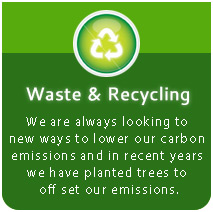With the accreditations Supablast hold, we are able to apply all protective coatings in a wide range of industries, and we’ve been doing that for more than 20 years. All our paint applicators hold the ICATs certification which is held in high regard in most industries and required to work in many.
We also work to MCDHW and RT/CE/S/039, RT/CE/C/002 and Appendix 19/1 standards.
Industrial and commercial paint is very different to house paint, and it needs to be as it's job is a lot tougher.
Not only does it need to be able to be applied directly to surfaces such as metal and concrete but it is also formulated differently so it can be used to perform various jobs such as:
- Corrosion resistance
- Humidity/Water resistance
- Impact resistance
- Chemical/Solvent resistance
- Weather resistance
There is more to think about than the type of coating and structure, all our operatives understand the importance of the climate and the paint thickness. Our operatives are trained to read the WFT (wet film thickness) at set intervals to ensure the DFT (dried film thickness) of the coating will be correct.
The weather holds it’s own set of problems, too hot and the coating may dry before it reaches the substrate leading to a porous coating, too low and ice crystals can form underneath the coating shortening the coatings life span. With their training and experience our operatives have the skill for any job.
Following the completion of our works, we supply a quality file to demonstrate our quality control. Information includes wet/dry film thickness readings, temperature control and name of applicator.


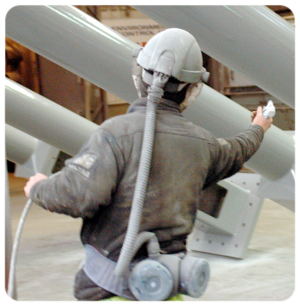 We have the coating solution for all types of substrate including masonry, steel, concrete or timber; new structures or maintenance.
We have the coating solution for all types of substrate including masonry, steel, concrete or timber; new structures or maintenance.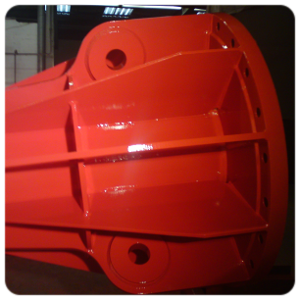 Supablast can now offer Glass Flake System spraying. By mixing flaked glass in resin we can achieve a high resistant coating that can stand temperatures ranging from +170c to -40c.
Supablast can now offer Glass Flake System spraying. By mixing flaked glass in resin we can achieve a high resistant coating that can stand temperatures ranging from +170c to -40c.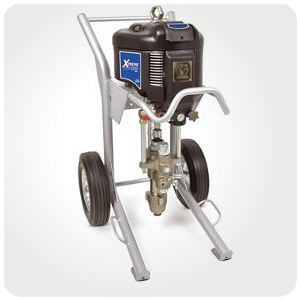 Airless spraying forces the coating through a special spray gun at forces of 500-5000psi.
Airless spraying forces the coating through a special spray gun at forces of 500-5000psi.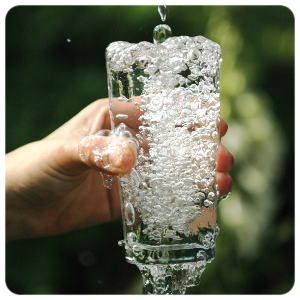 There are two different approval schemes for coatings: WRAS (Water Regulations Advisory Scheme) and Regulation 31 of the Water Supply Regulations (run by the Drinking Water Inspectorate). Both schemes are concerned with: subjective tests for odour and flavour; specific tests for leaching metals into the water and microbial growth. The requirements for these tests are laid down in BS6920 (or equivalent standards including AS4020 and SS375).
There are two different approval schemes for coatings: WRAS (Water Regulations Advisory Scheme) and Regulation 31 of the Water Supply Regulations (run by the Drinking Water Inspectorate). Both schemes are concerned with: subjective tests for odour and flavour; specific tests for leaching metals into the water and microbial growth. The requirements for these tests are laid down in BS6920 (or equivalent standards including AS4020 and SS375).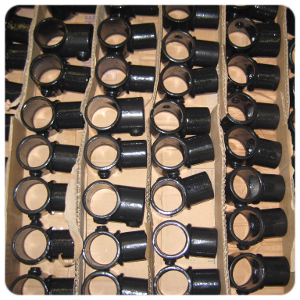 We have our own fully equipped workshop based in Coleshill, West Midlands for Blast cleaning and Powder Coating a wide range of metal and timber items.
We have our own fully equipped workshop based in Coleshill, West Midlands for Blast cleaning and Powder Coating a wide range of metal and timber items.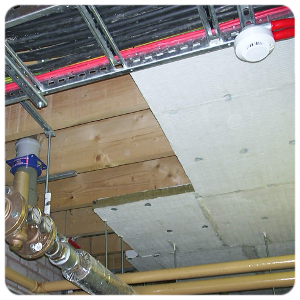 Passive Fire Prevention (PFP) products are used to contain, or slow, the spread of a fire, they minimise the risk of damage from fire and smoke passing from one area of a building to another.
Passive Fire Prevention (PFP) products are used to contain, or slow, the spread of a fire, they minimise the risk of damage from fire and smoke passing from one area of a building to another. 